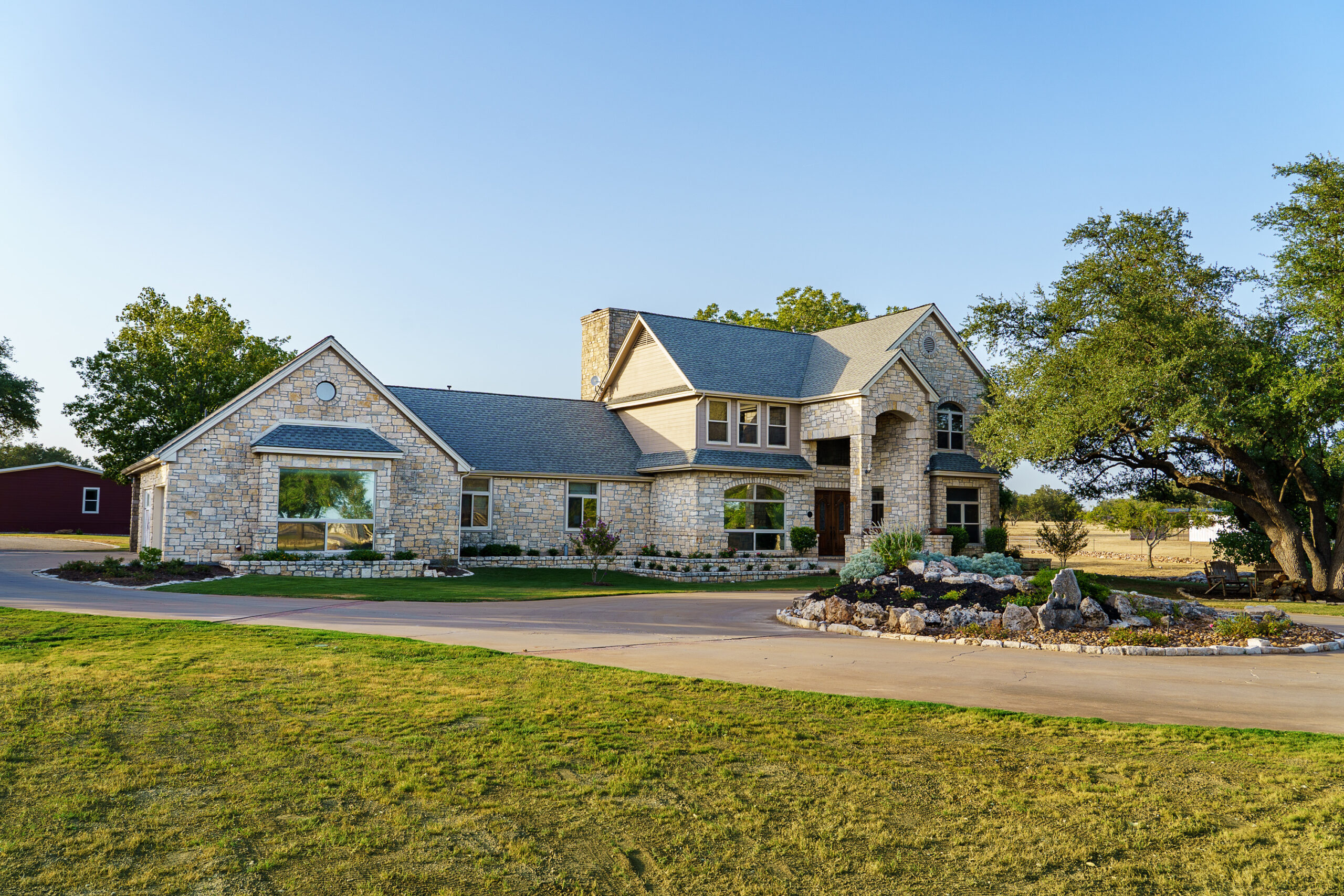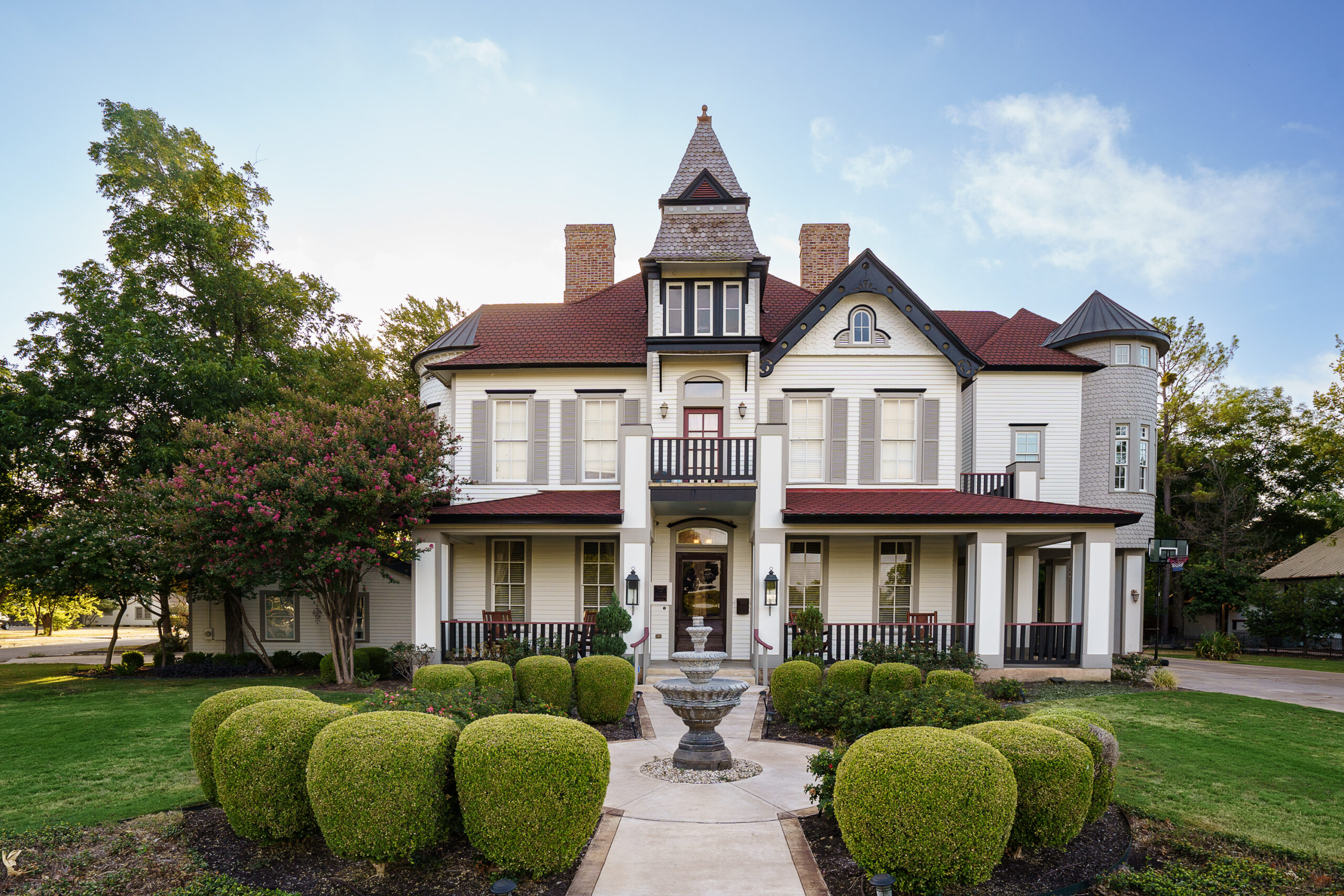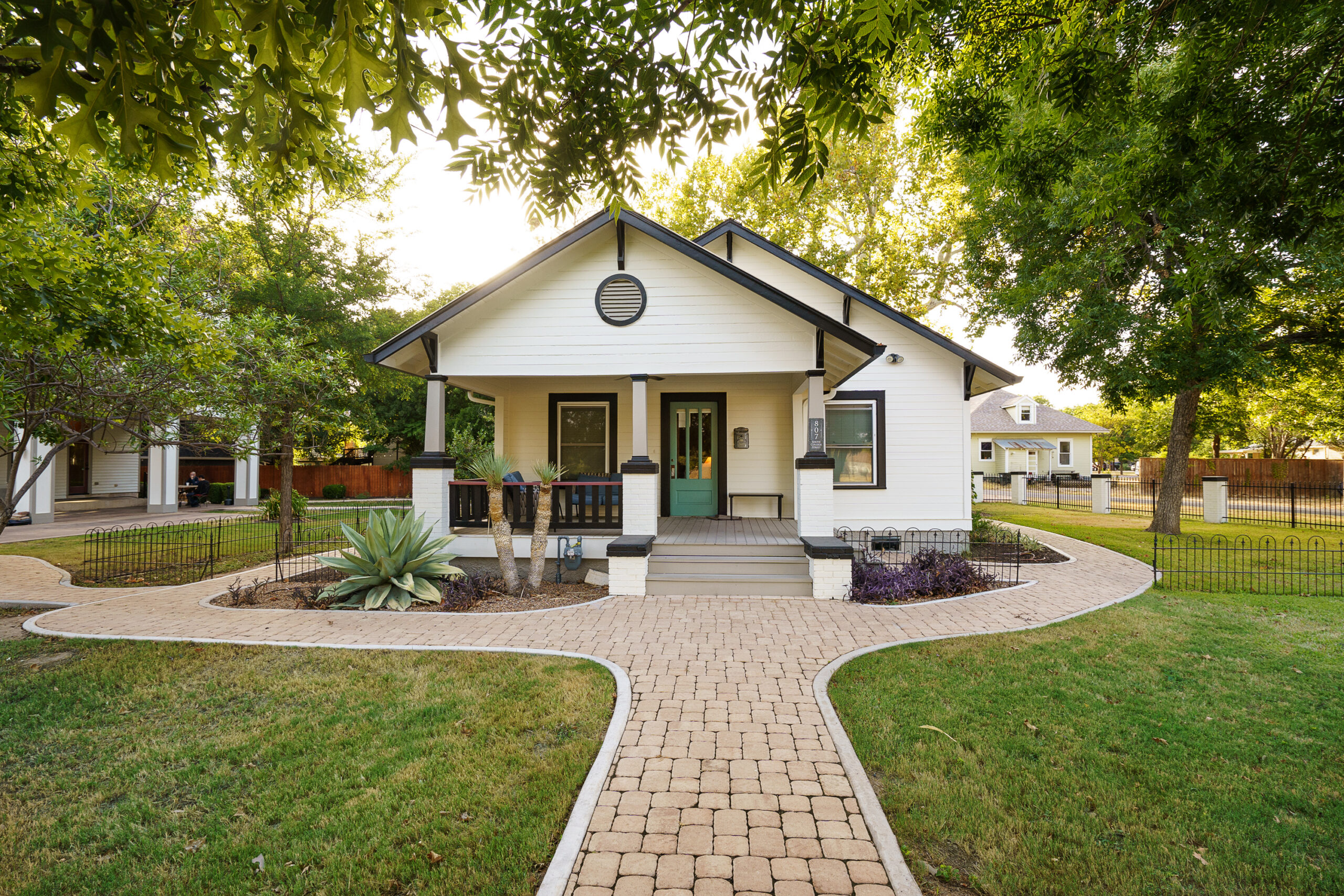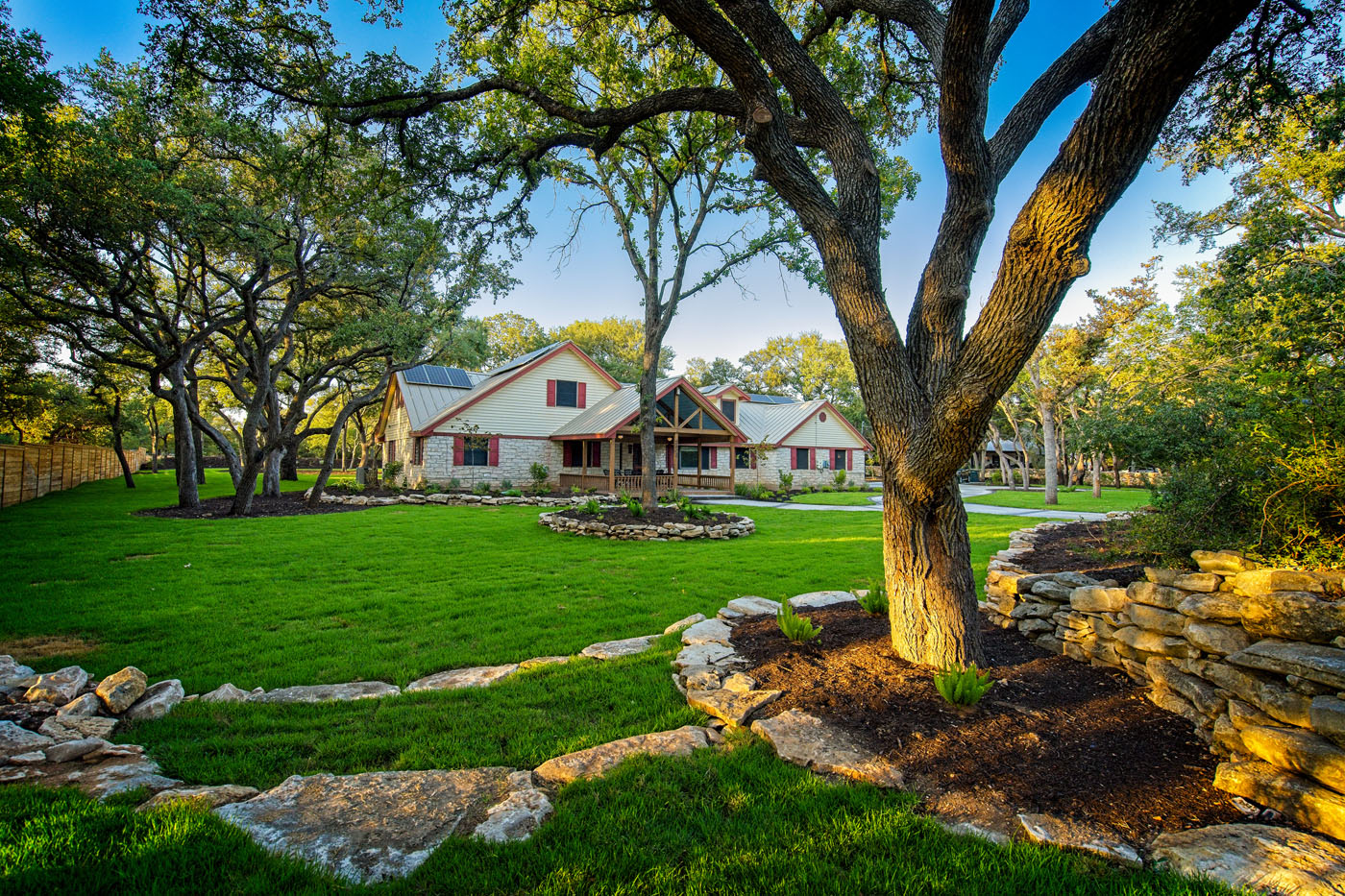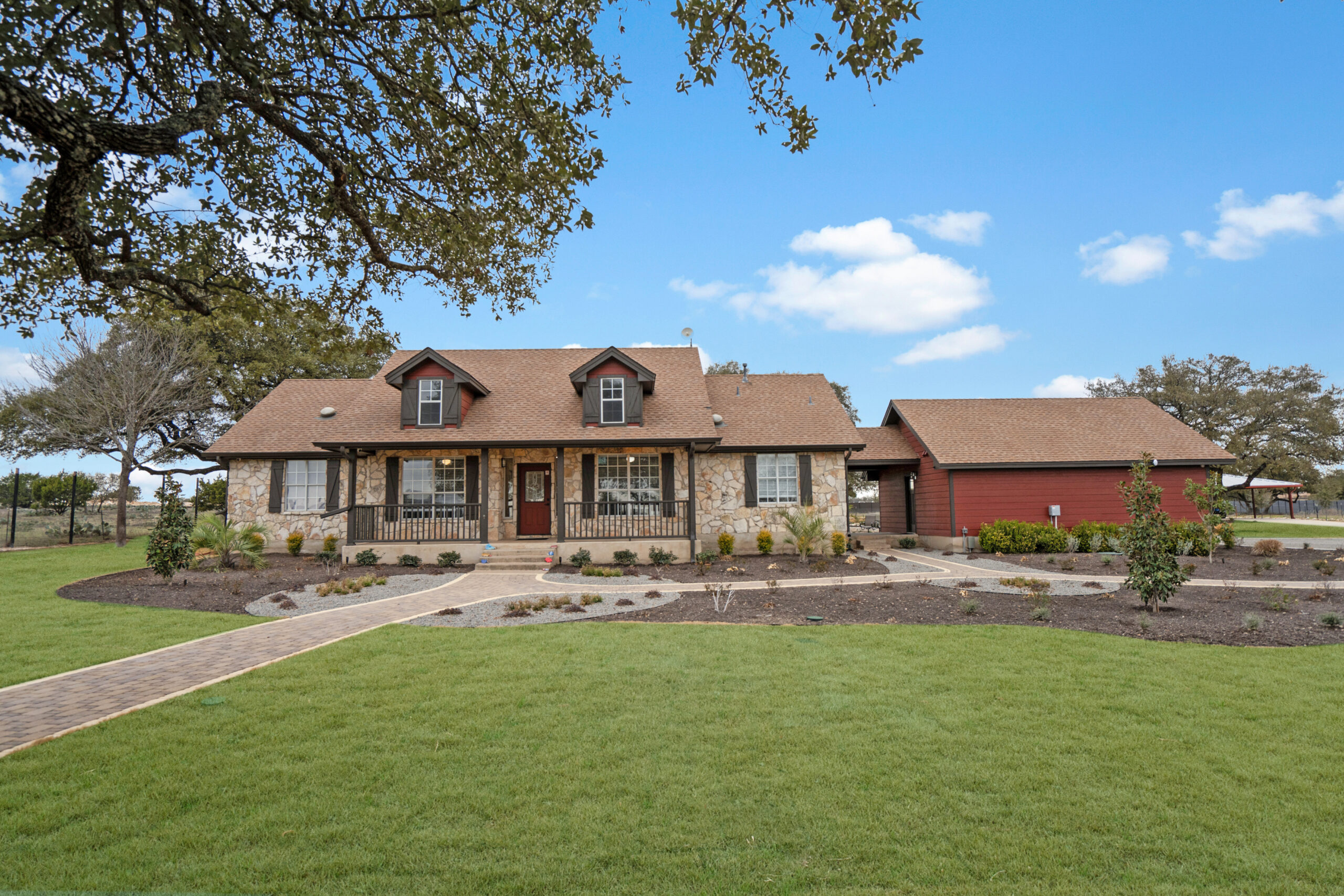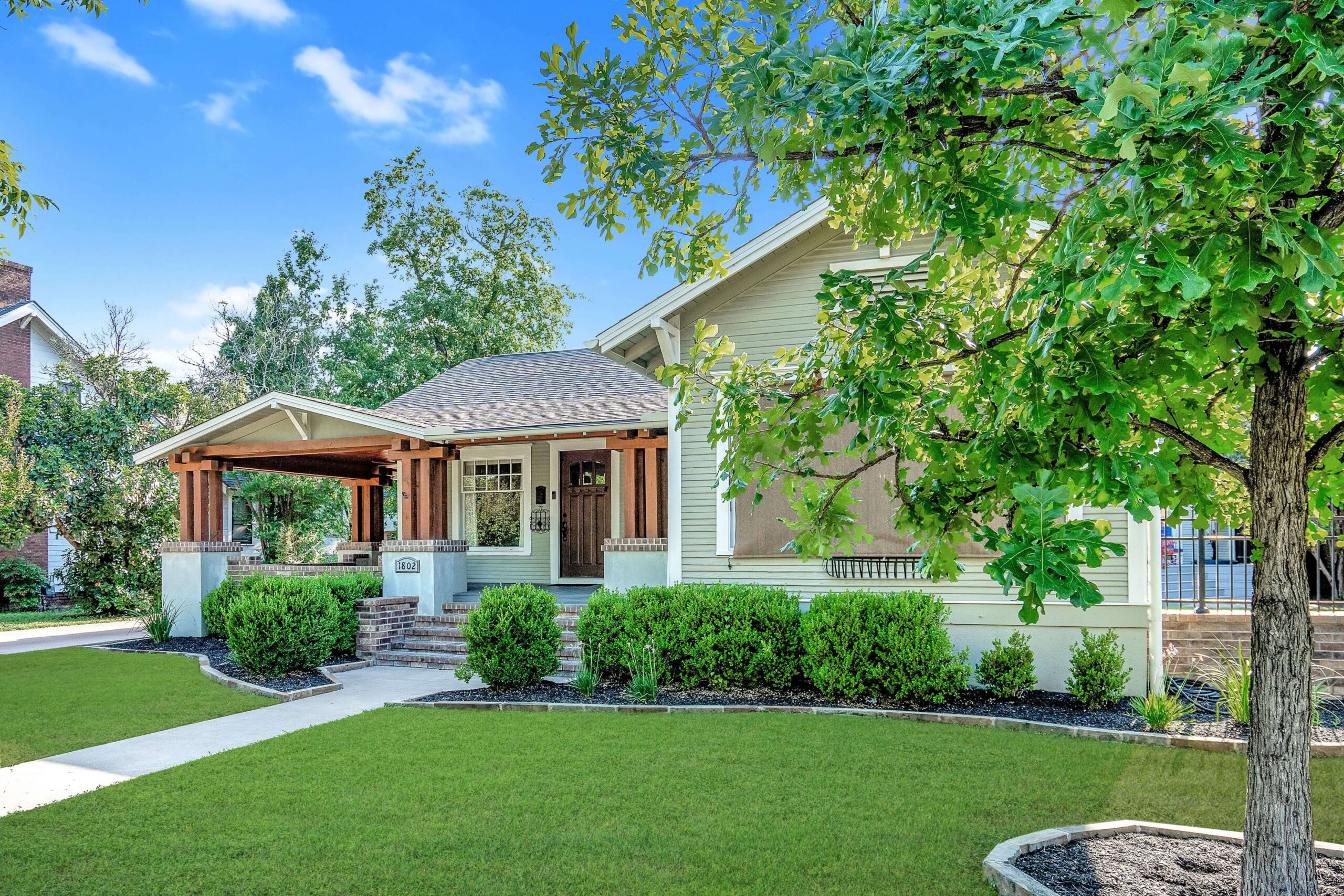The Challenges of Bipolar Disorder for Women
Bipolar disorder is a complex mental health condition marked by intense mood swings that can disrupt a woman’s personal and professional life. Women often experience the disorder differently than men due to hormonal fluctuations, societal pressures, and unique stressors such as pregnancy or menopause. Recognizing these gender-specific challenges can be crucial in seeking effective treatment.
At a bipolar treatment facility for women, specialists are attuned to these nuances, offering treatments tailored to address these specific needs. Acknowledging the multifaceted nature of this disorder allows for a more comprehensive care approach, improving the chance for a balanced life.
Critical Components of Treatment
A bipolar treatment facility for women often employs a variety of therapies to address the disorder’s complexity. Treatment typically involves a combination of:
- Cognitive Behavioral Therapy (CBT): Used to address negative thought patterns and promote healthy coping mechanisms.
- Medication Management: Includes mood stabilizers or antipsychotics, carefully monitored by a psychiatrist.
- Group Therapy: Provides peer support and shared experiences, which can be particularly empowering for women.
- Family Therapy: Strengthens familial support systems, which is vital given the impact of bipolar disorder on interpersonal relationships.
Each treatment plan is customized, ensuring personalized care that targets the individual’s specific symptoms and experiences.
Unique Approach in a Bipolar Treatment Facility for Women
In my 20 years as a mental health professional at Alta Loma, I’ve witnessed how specialized care in a dedicated facility can transform lives. We provide a structured environment that focuses on stability and personal growth. Unlike generic treatment centers, a bipolar treatment facility for women considers not just the psychiatric aspects but also the emotional and social factors that influence recovery.
Our holistic approach includes attention to diet, exercise, and mindfulness, which has proven to enhance traditional treatment methods. Women at our facility often tell us that feeling understood and supported by a community of peers and professionals makes all the difference in their recovery journey.
How Can Families Support Women in Treatment?
Families play a crucial role in the recovery process. Encouragement from loved ones can reinforce a woman’s commitment to her treatment plan. However, knowing how to provide support requires some education and understanding:
- First, educate yourself about bipolar disorder through reputable sources and discussions with mental health professionals.
- Maintain open communication, expressing your willingness to be there and listen without judgment.
- Encourage participation in family therapy sessions, highlighting the benefits of shared healing and understanding.
- Finally, take care of your own mental health, staying resilient in your supportive role without burnout.
Being informed and supportive can significantly impact the recovery experience for both women and their families.
A bipolar treatment facility women emergency might be declared when a woman experiences a severe manic or depressive episode posing immediate risk to herself or others. This includes suicidal ideation, extreme agitation, or loss of touch with reality.
In such cases, immediate intervention is essential. Facilities often have 24/7 crisis teams ready to provide necessary care, ensuring safety and starting appropriate treatments quickly. Recognizing these emergencies ensures that women receive the urgent care they need, preventing further harm and setting the stage for stabilization.
What makes a bipolar treatment facility specifically for women unique compared to a general mental health center?
At Alta Loma, we recognize that women’s experiences with bipolar disorder are often influenced by unique factors such as hormonal fluctuations, societal pressures, and life transitions like pregnancy or menopause. A treatment facility dedicated to women can offer tailored programs that address these specific concerns. Our holistic approach not only includes psychiatric care but also considers the emotional and social aspects of each woman’s journey to recovery. Creating a supportive community where women can share similar experiences can significantly enhance their healing process. What factors do you think would most impact how a woman experiences bipolar disorder differently?
How do critical components like CBT and medication management work together in a treatment plan at a bipolar facility for women?
Critical components such as Cognitive Behavioral Therapy (CBT) and medication management are integral to a comprehensive treatment plan at Alta Loma. CBT helps women challenge and modify negative thought patterns, fostering healthier coping mechanisms. Meanwhile, medication management ensures that mood stabilizers and antipsychotics are tailored and monitored to suit individual needs, minimizing side effects and maximizing benefits. By combining these therapies with peer and family support, we create a strong foundation for long-term stability. Have you had any experiences where a combination of therapy and medication led to better outcomes?
What role do families play in supporting women undergoing treatment for bipolar disorder?
Families are a cornerstone of support for women in treatment at Alta Loma. Their involvement can reinforce a woman’s commitment to her treatment plan. It’s vital for families to educate themselves about bipolar disorder and maintain open communication, offering a non-judgmental ear. Participating in family therapy can strengthen relationships and enhance the healing process. Additionally, caring for their own mental health is crucial to prevent burnout and sustain their supportive role. How might improved family dynamics affect a woman’s progress in treatment?
What constitutes an emergency at a bipolar treatment facility for women, and how is it managed?
An emergency in a bipolar treatment facility like Alta Loma may arise when a woman experiences a severe manic or depressive episode that poses immediate risk to herself or others. This might include instances like suicidal ideation or extreme agitation. Our 24/7 crisis teams are equipped to intervene promptly, ensuring safety and initiating appropriate treatment. Swift action can help stabilize the individual and lay the groundwork for recovery. Do you believe having a crisis plan in place can help manage such situations more effectively?
How does a holistic approach enhance traditional treatment methods in bipolar facilities for women?
At Alta Loma, we have seen firsthand how a holistic approach, which includes elements like diet, exercise, and mindfulness, can significantly enhance traditional treatment methods. These components contribute to overall well-being and resilience, supporting the psychiatric and therapeutic efforts to manage bipolar disorder. Combining physical health initiatives with mental health plans can offer a more balanced path to recovery. Have you considered how lifestyle changes can impact mental health outcomes?
What unique challenges do women face in bipolar disorder treatment, and how are these addressed in specialized facilities?
Women face distinct challenges in bipolar disorder treatment due to factors like hormonal changes, societal expectations, and unique stressors from life events such as childbirth. At Alta Loma, we tailor treatment plans to address these issues, providing specialized care that acknowledges and works through these challenges. By offering a space where gender-specific experiences are understood and respected, we aim to empower women on their path to recovery. What specific challenges do you think add complexity to treating mental health issues in women?
Community support is pivotal in the recovery process at Alta Loma. The sense of belonging and understanding that comes from connecting with peers who share similar experiences can be incredibly empowering for women. It fosters an environment of mutual support and encouragement, essential for tackling the ups and downs of bipolar disorder. These community ties often become a lifelong source of strength and camaraderie, even after leaving the facility. How do you think peer support impacts overall treatment success?
